Japan’s customs and manners have many practical and conceptual aspects for many reasons. Which one came first: habit or manner? Or perhaps they both came into existence together? There are very few things that can be stated for sure because there are various theories about this area. It is one of the characteristics of Japanese culture that have been adapted many times.
There are many customs and manners in Japanese households. There are so many things that are rooted in our lives.
Here, we would like to introduce customs through the explanation of “Japanese-style rooms”.
Shikii (The threshold)
“Do not step on the threshold” when entering a Japanese-style room. This is one of the basic manners…
Tatami
Tatami is a traditional Japanese flooring that is popular with overseas visitors. It is said to be a very good flooring based on the characteristics of the Japanese climate, which is hot and humid in summer and cold and dry in winter…
Shoji / Fusuma
In Japanese houses, “Shoji / Fusuma” is provided as both a room divider and door for entering and exiting. It was not until the modern days that the doors with hinges (doors) were installed in ordinary houses. Perhaps around after the Meiji period…
Zabuton
It is a daily necessity unique to floor life. But a point to note is that it is not intended for the cats who are at home to sleep on. Since it is intended for sitting, so-called cushions are different. Actually, it is quite culturally very significant…
The futon
Do you say that is unique to floor life… Well, if there was no bed, we would have to put the futon on the floor.
Today, beds are also very popular in Japanese homes. Most of the accommodations, such as recent hotels, now have beds. That said, there are still more ways to lay futons on the floor. There are many people who prefer that…
Kotatsu
There are quite a few heaters with an old-school style. That being said, we would like to introduce the typical Japanese heater…
Ko-agari
A space that is a little higher than the floor, but is not limited to tatami mats / boards, is called “ko-agari”. This is one of the partitioning methods in the “Japanese-style room” as well as shoji screens, fusuma, sill doors, partitions, etc…
No outdoor shoes
This sign is a clear separation of the inside and outside of the building.
The act of “taking off footwear” may mean the owner of the building, or you who obeys those rules, will respect the law of the building. In other words, it shows that the other party is not hostile, respectful, or trustworthy…
Tabi
We have already told you that Japanese houses are forbidden on the ground and footwear should be removed. But is barefoot okay? Some people may have thought so…
Kimono
The basics of culture are “clothing”, “food” and “housing”. Speaking of “clothes” in Japan, the kimono is greatly traditional. Though we want to say that… Unfortunately, even Japanese people are becoming less familiar with it in everyday life. To wear kimono, the skill of dressing in it is required…
Seiza
This is the most correct way to sit in modern Japan. It can be said that it is a very basic method used in martial arts such as kendo and judo, arts such as tea ceremony and flower arrangement, and also in ritual places such as Shinto and Buddhist affairs…
Agura
When sitting anywhere other than on a chair or sofa, “Agura” is a rather common way of sitting even in foreign countries. In Islamic …




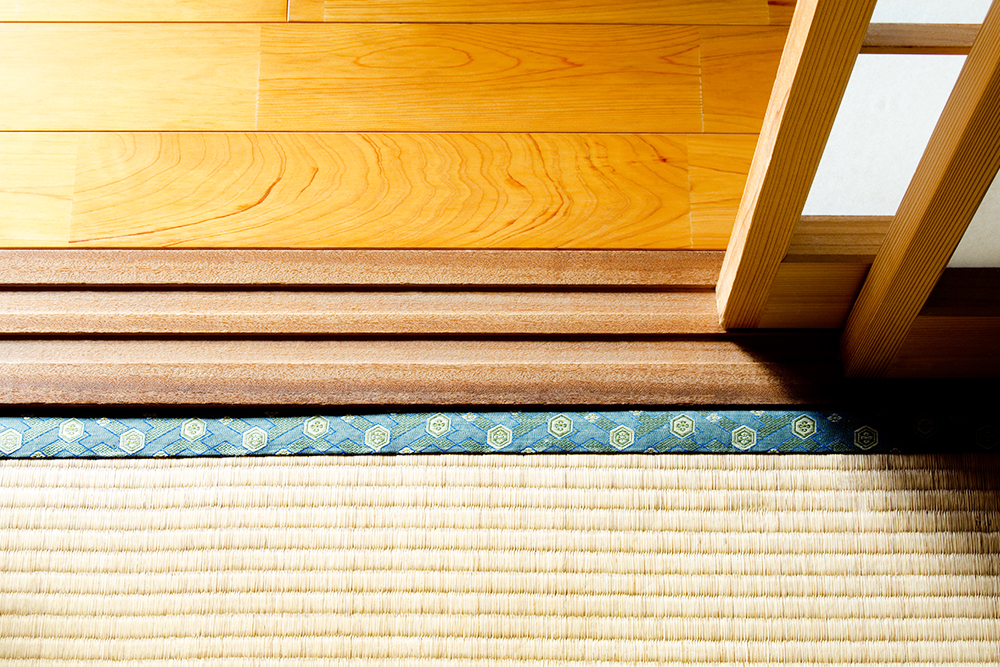
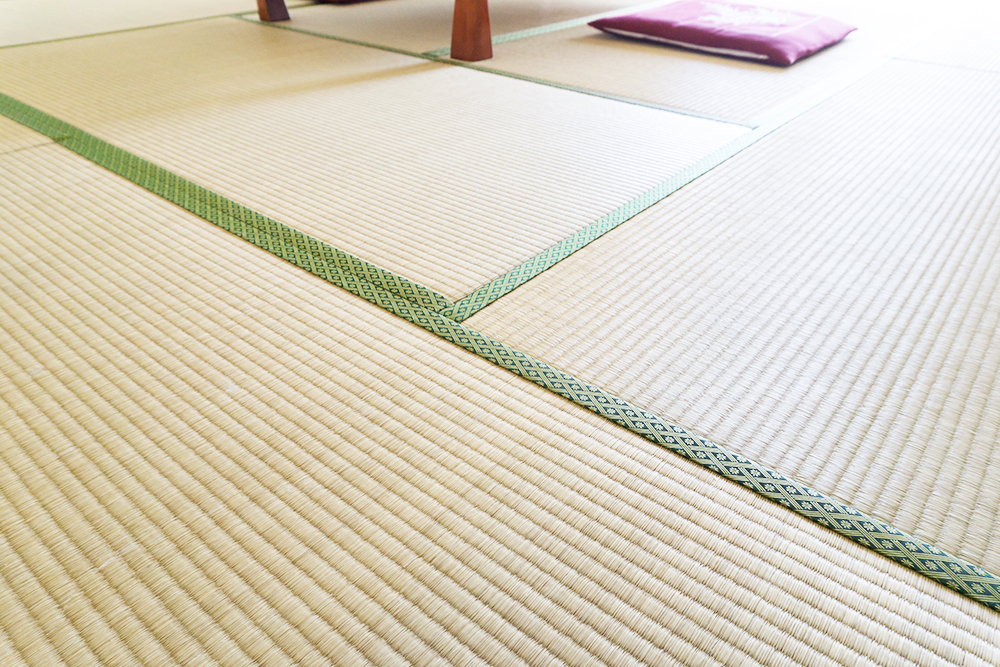
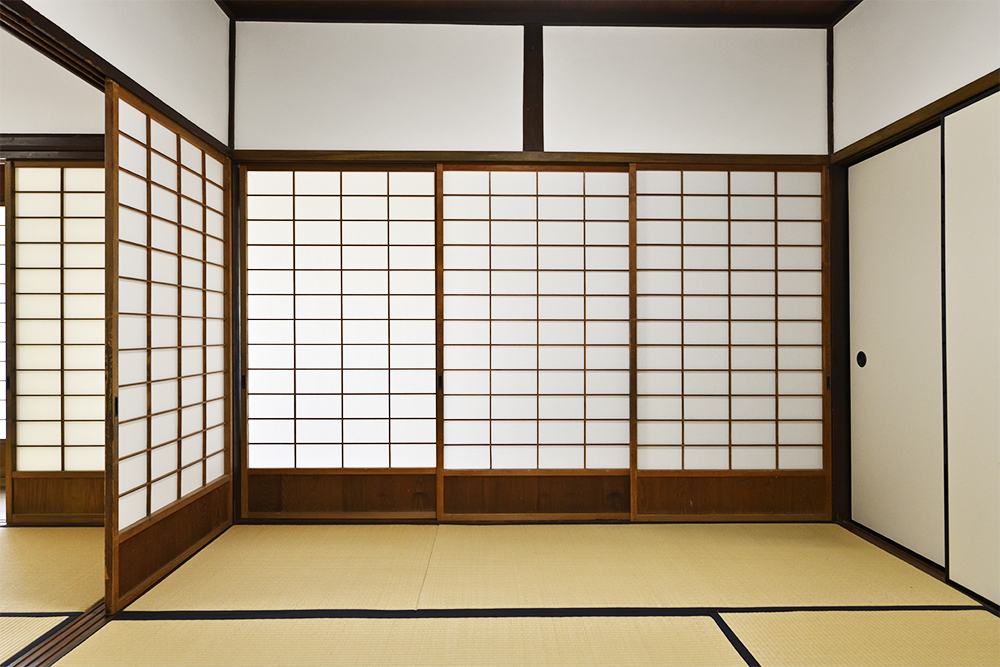
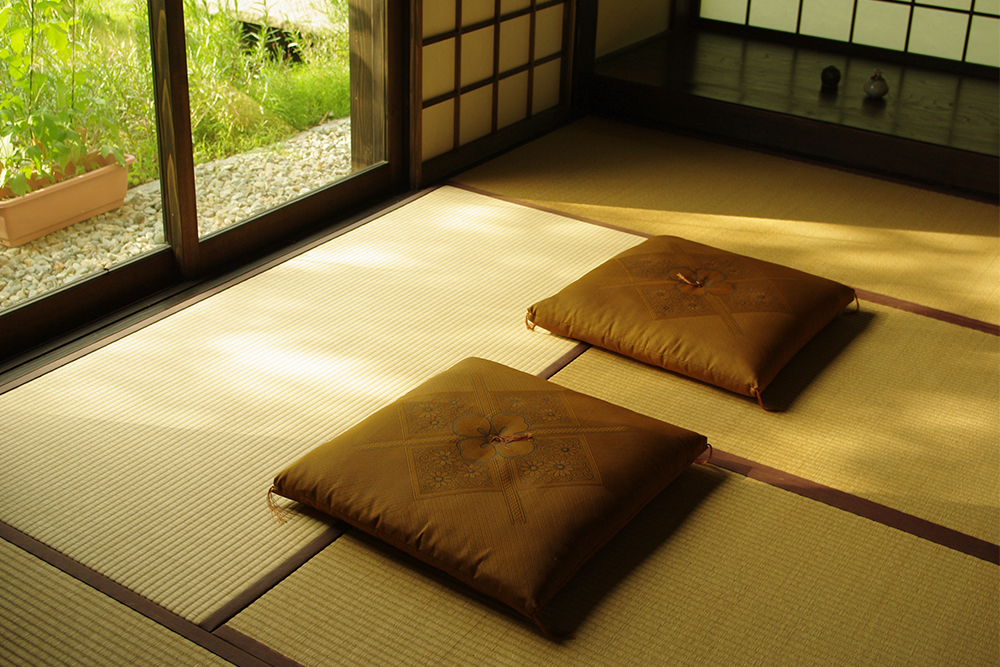
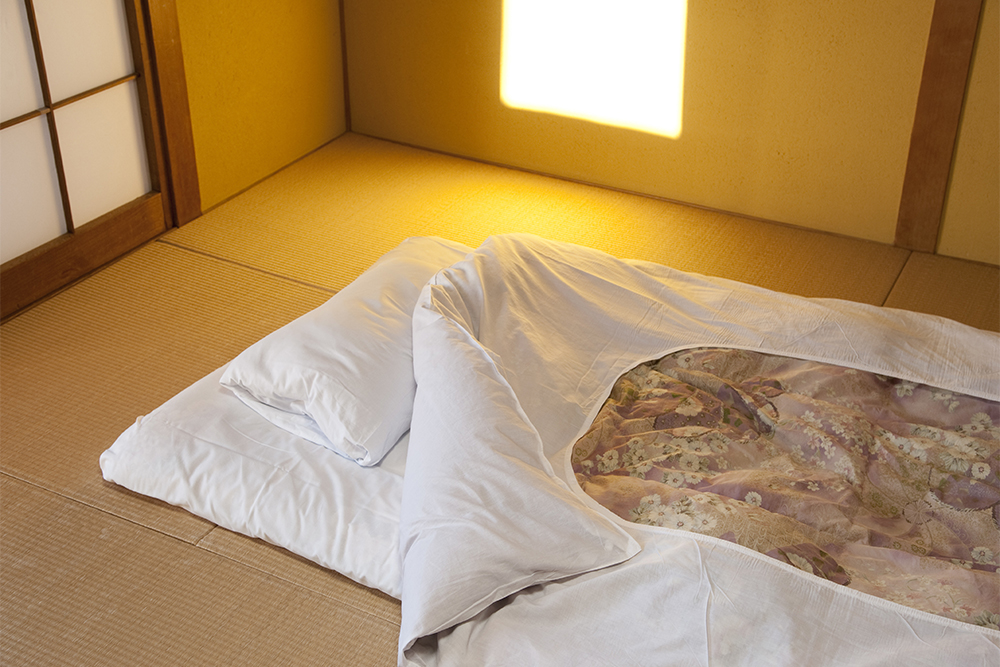
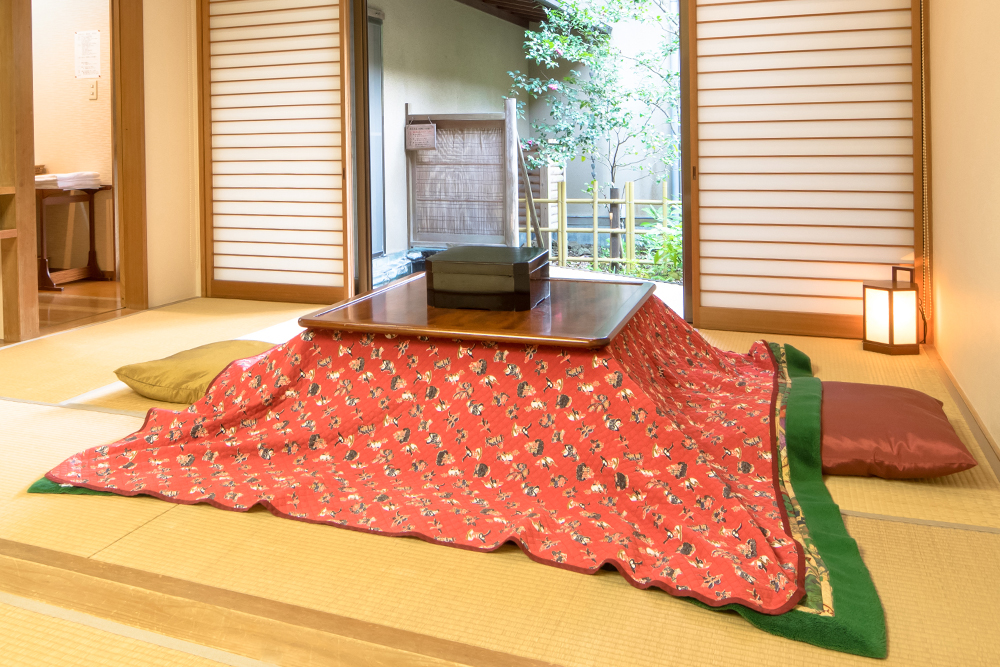
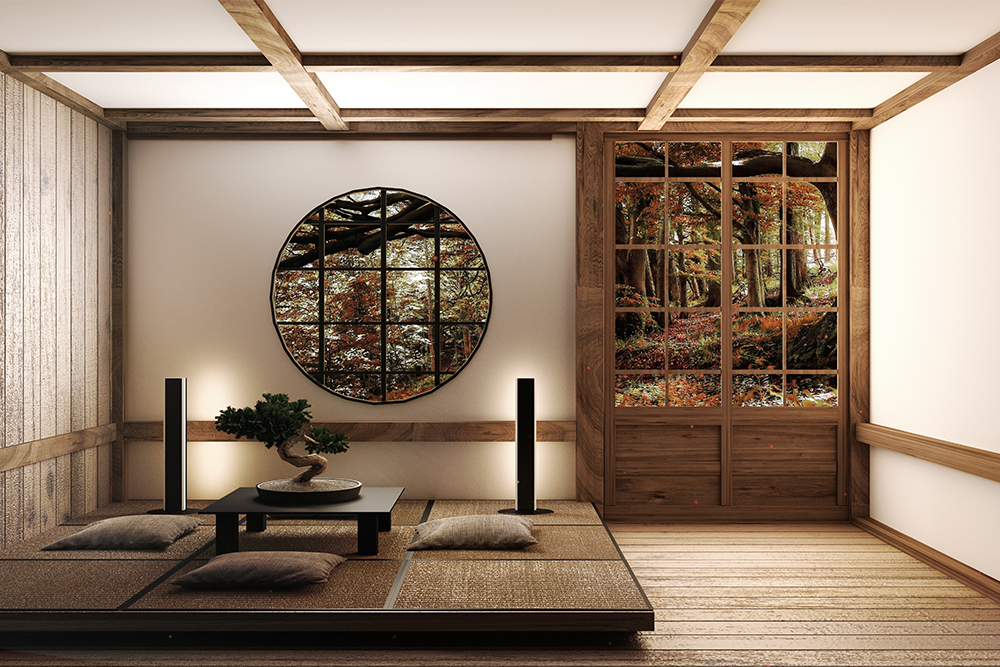
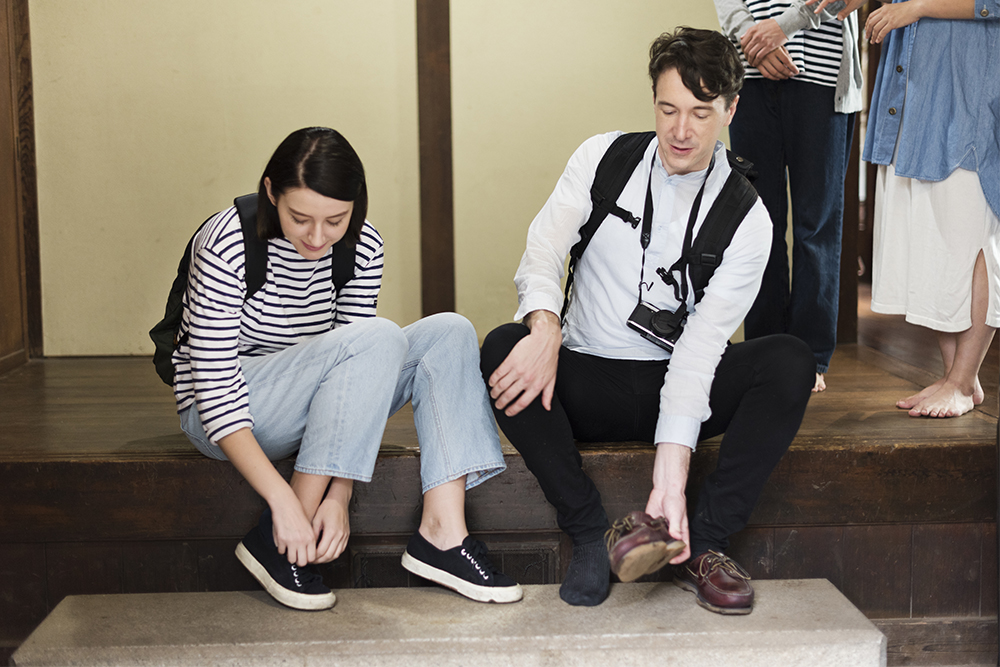
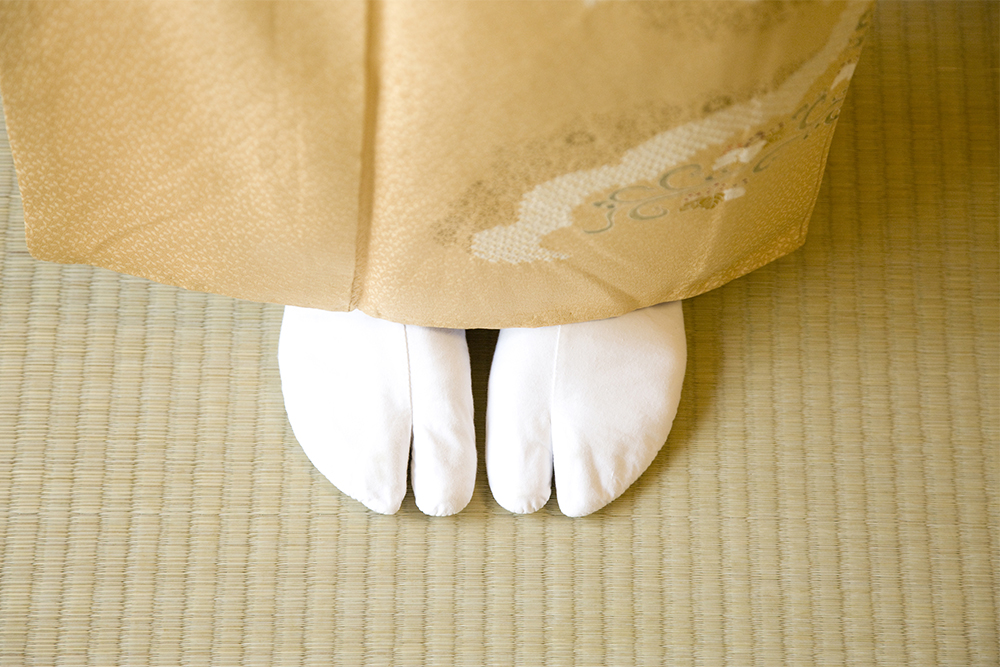
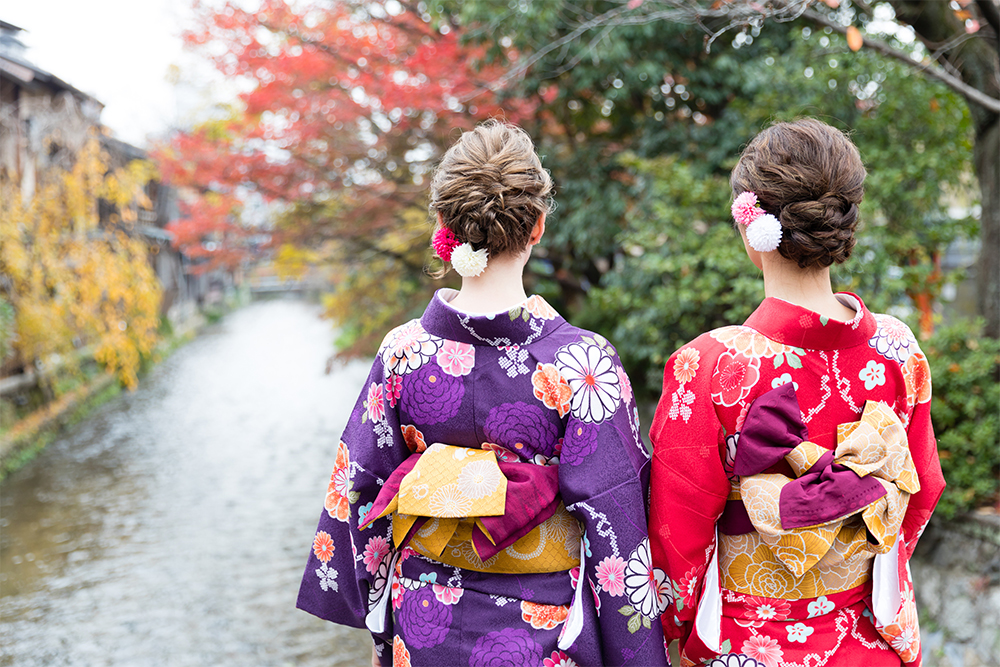
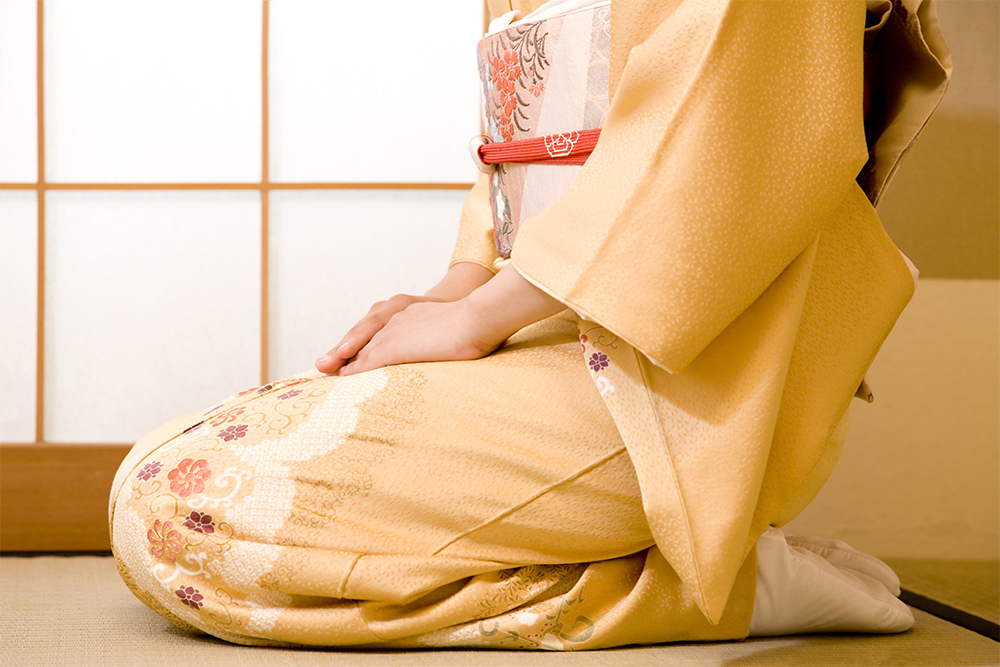

_op.png)
_001.png)
_002.png)
_003.png)
_004.png)
_005.png)
_006.png)
_007.png)
_008.png)
_op.png)
_001.png)
_002.png)
_003.png)
_004.png)
_005.png)
_006.png)
_007.png)
_008.png)
_op.png)
_001.png)
_002.png)
_003.png)
_004.png)
_005.png)
_006.png)
_007.png)
_008.png)
